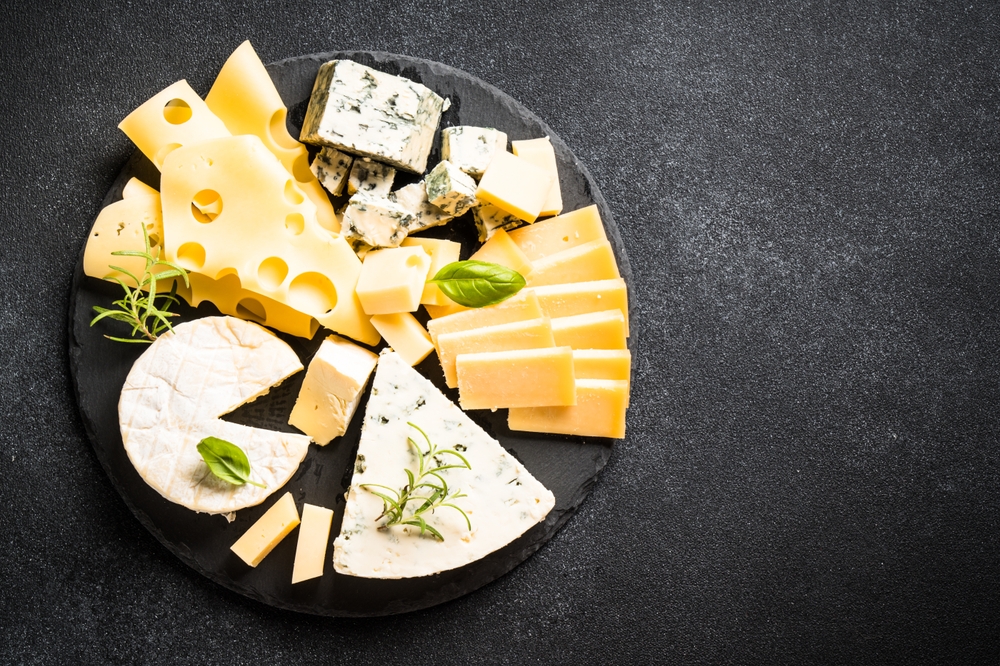Discovering the Multifaceted World of Artisanal Cheeses
Artisanal cheeses, as diverse and complex as fine wines, offer an impressive range of flavors, textures, and culinary possibilities. This article delves into the fascinating world of artisanal cheeses, their production methods, types, and innovative uses in modern cuisine.

The Art and Science of Cheese Making
Cheese making is an age-old craft that combines the science of fermentation with the art of aging. Artisanal cheese makers embrace traditional methods of production, delivering cheeses that are rich in flavor, unique in texture, and often specific to a region. These cheeses are made in small batches with special attention to quality and detail, resulting in a product that reflects the passion and expertise of its maker.
Cheese Types: An Array of Flavors and Textures
Artisanal cheese makers produce a variety of cheeses, each with its unique attributes. From creamy Brie and sharp Cheddar to crumbly Stilton and tangy Feta, the range of flavors and textures is astounding. These cheeses can be categorized based on milk type, length of aging, and production methods, offering a diverse selection for cheese lovers.
The Culinary Versatility of Artisanal Cheeses
Artisanal cheeses are not just for nibbling on with a glass of wine. They bring a unique flavor dimension to a variety of dishes. For example, aged Gouda can add a rich, caramel-like flavor to soups, while Goat cheese can give salads a tangy kick. The versatility of these cheeses opens up endless culinary possibilities.
Pairing Artisanal Cheeses
Pairing artisanal cheeses with the right beverages and foods can enhance their flavors. For instance, a full-bodied red wine pairs well with a strong, aged cheese, while a crisp white wine complements a light, creamy cheese. Pairing cheese with fruits, nuts, and honey can also bring out its unique flavors.
Tips and Facts About Artisanal Cheeses
- Hard cheeses like Parmesan have a longer shelf life than soft cheeses like Brie.
- The color of cheese can indicate the type of milk used. Cow’s milk cheese is often yellow, while goat’s milk cheese is usually white.
- A good cheese knife is an essential tool for any cheese lover. It prevents the cheese from sticking to the blade and ensures clean, easy cuts.
- The rind of a cheese can tell you a lot about its flavor and texture.
In conclusion, artisanal cheeses offer a world of culinary delights to explore. Whether you’re an avid cheese lover or new to the game, there’s always something new to discover and savor in this diverse world. So, why not infuse some creativity into your cooking or next cheese platter with these delightful gems? After all, life is too short for ordinary cheese.





